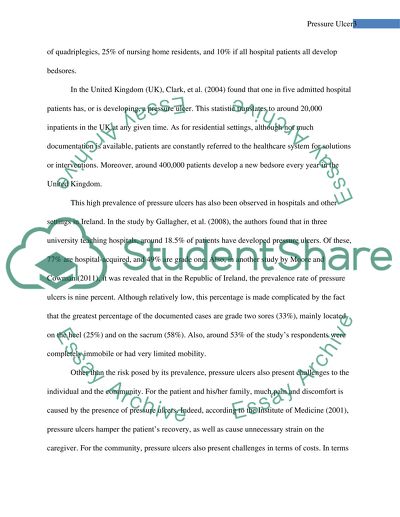Cite this document
(“Impact of implementing clinical practice guidelines to prevent Literature review”, n.d.)
Retrieved from https://studentshare.org/nursing/1395406-love-impact-of-implementing-clinical-practice
Retrieved from https://studentshare.org/nursing/1395406-love-impact-of-implementing-clinical-practice
(Impact of Implementing Clinical Practice Guidelines to Prevent Literature Review)
https://studentshare.org/nursing/1395406-love-impact-of-implementing-clinical-practice.
https://studentshare.org/nursing/1395406-love-impact-of-implementing-clinical-practice.
“Impact of Implementing Clinical Practice Guidelines to Prevent Literature Review”, n.d. https://studentshare.org/nursing/1395406-love-impact-of-implementing-clinical-practice.


